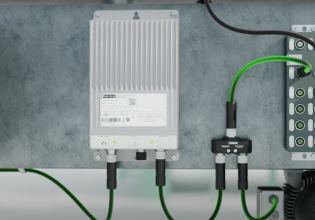B
Are there any generally accepted rule-of-thumb life expectancy numbers for common types of control equipment?
Does anyone wish to share any apocryphal rules they've developed from experience(for instance, if such-and-such a device has been installed and
running for x number of years then it's edging into the far end bathtub curve)?
I don't need precise numbers ... +/- 25% of the average life would be OK.
I know the rule-of-thumb approximation of the Arrhenius equation (reduce life expectancy by 1/2 for every 10 degrees C temperature rise).
Are there any others I should be aware of?
Does anyone wish to share any apocryphal rules they've developed from experience(for instance, if such-and-such a device has been installed and
running for x number of years then it's edging into the far end bathtub curve)?
I don't need precise numbers ... +/- 25% of the average life would be OK.
I know the rule-of-thumb approximation of the Arrhenius equation (reduce life expectancy by 1/2 for every 10 degrees C temperature rise).
Are there any others I should be aware of?






